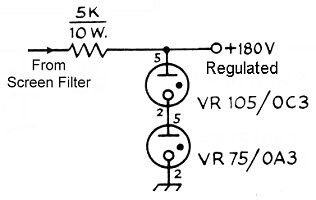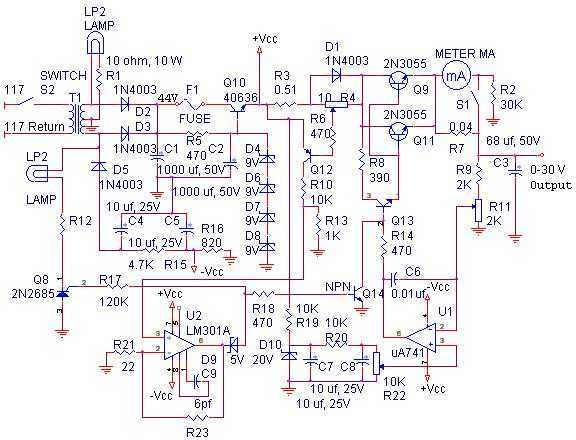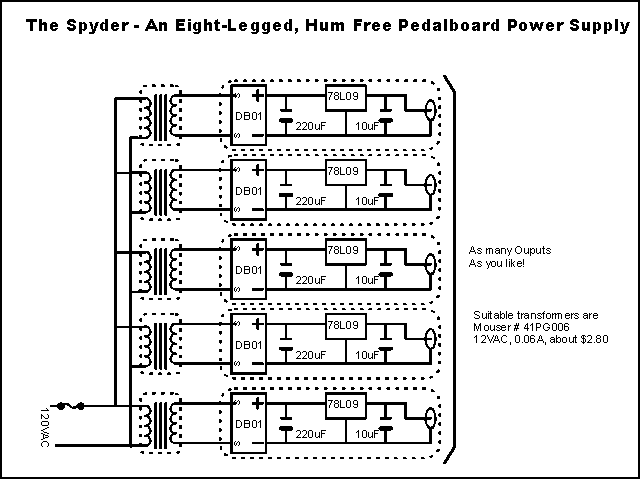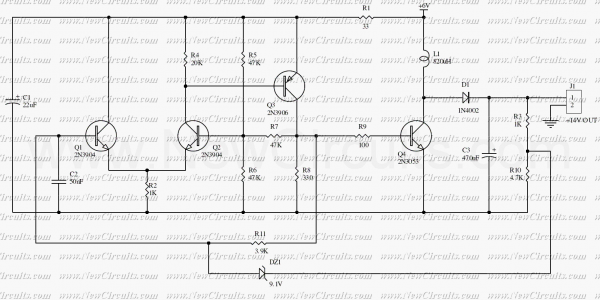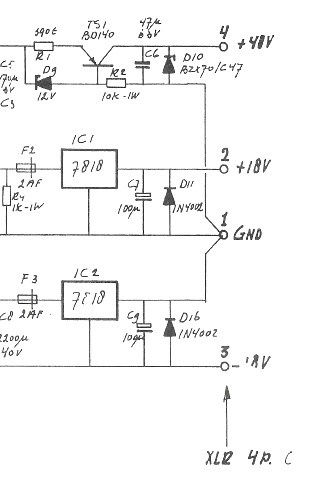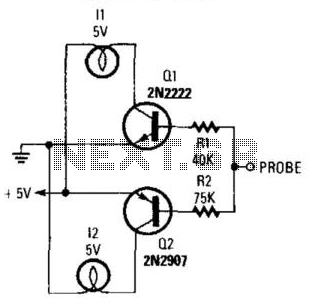
Negative to positive supply logic level shifter
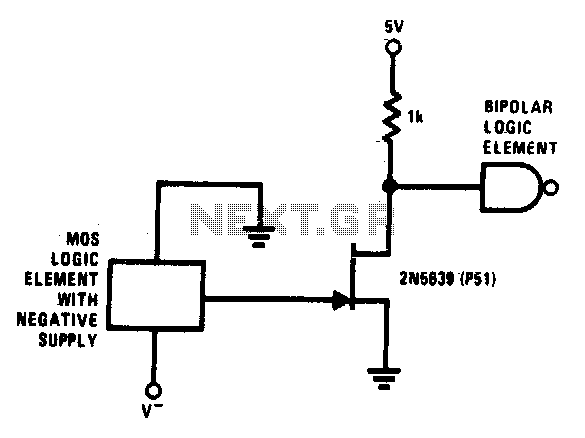
This simple circuit facilitates level shifting from any logic function (such as MOS) operating from a negative to ground supply to any logic level (such as TTL) operating from a positive to ground supply. The 2N5639 transistor offers low on-resistance and fast switching times.
The described circuit is essential for interfacing different logic families, particularly when there is a need to translate signals between devices operating at different voltage levels. The use of the 2N5639 transistor is notable due to its favorable electrical characteristics, which include low on-resistance (R_on) that minimizes power loss during operation and enables efficient signal transmission.
In practical applications, the circuit typically includes input and output terminals for connecting to the respective logic devices. The input side would be connected to a MOS logic device that operates with a negative voltage supply, while the output side interfaces with a TTL logic device that operates with a positive voltage supply.
The level shifting mechanism can be achieved through a simple configuration where the 2N5639 is configured as a common-emitter amplifier or as a switch, depending on the specific requirements of the application. Resistors may be added to control the base current of the transistor and to set the appropriate biasing conditions, ensuring that the transistor operates efficiently within its active region.
Additionally, capacitors might be included for decoupling purposes, helping to stabilize the power supply and filter out noise that could affect the performance of the circuit. The overall design should ensure that the voltage levels are appropriately translated without distortion, maintaining signal integrity across the different logic families.
This level-shifting circuit is particularly valuable in mixed-signal applications, where integration of analog and digital components necessitates reliable communication across varying voltage domains.This simple circuit provides for level shifting from any logic function (such as MOS) operating from minus to ground supply to any logic level (such as TTL) operating from a plus to ground supply The 2N5639 provides a low r«: (on) and fast switching times. 🔗 External reference
The described circuit is essential for interfacing different logic families, particularly when there is a need to translate signals between devices operating at different voltage levels. The use of the 2N5639 transistor is notable due to its favorable electrical characteristics, which include low on-resistance (R_on) that minimizes power loss during operation and enables efficient signal transmission.
In practical applications, the circuit typically includes input and output terminals for connecting to the respective logic devices. The input side would be connected to a MOS logic device that operates with a negative voltage supply, while the output side interfaces with a TTL logic device that operates with a positive voltage supply.
The level shifting mechanism can be achieved through a simple configuration where the 2N5639 is configured as a common-emitter amplifier or as a switch, depending on the specific requirements of the application. Resistors may be added to control the base current of the transistor and to set the appropriate biasing conditions, ensuring that the transistor operates efficiently within its active region.
Additionally, capacitors might be included for decoupling purposes, helping to stabilize the power supply and filter out noise that could affect the performance of the circuit. The overall design should ensure that the voltage levels are appropriately translated without distortion, maintaining signal integrity across the different logic families.
This level-shifting circuit is particularly valuable in mixed-signal applications, where integration of analog and digital components necessitates reliable communication across varying voltage domains.This simple circuit provides for level shifting from any logic function (such as MOS) operating from minus to ground supply to any logic level (such as TTL) operating from a plus to ground supply The 2N5639 provides a low r«: (on) and fast switching times. 🔗 External reference
